Quantum Optics & Spectroscopy
Quantum optics is a dynamic research field concerned with the properties of individual quanta of light, called photons, and their interactions with atomic-scale systems. It comprises the fundamental understanding of the basic processes encountered in spectroscopy, the working principle of lasers, as well as applications of quantum light for quantum technologies such as secure communication, or for interconnecting future quantum computers into quantum networks.
KSOP Research Area II covers experimental and theoretical research on fundamental quantum optics phenomena and their applications, as well as the development and application of advanced spectroscopic methods.
One focus is the investigation of materials that can serve as quantum light sources and optically addressable quantum bits. To control light-matter interactions, engineered photonic devices are developed, ranging from optical microcavities to nanoplasmonic antennas and integrated optical circuits. Expanding a detailed theoretical understanding of novel materials and photonic devices is key to these developments.
On the other hand, advanced spectroscopic methods which can probe sample composition and properties play a crucial role in helping to uncover and characterize novel quantum and nonlinear phenomena in many fields, ranging from molecular photophysics to atmospheric chemistry. At KSOP, methods are developed and applied, including ultrafast spectroscopy, remote sensing, and highly spatially resolved imaging. Such advanced techniques are essential for expanding research horizons, e.g., in materials science and nanotechnology.
Future Aims & Goals
Grand goals of this Research Area (RA) are to push the development of quantum communication over large distances, and to realize optically addressable quantum bit registers for quantum computing and quantum information storage, which could serve as building blocks of a future quantum internet.
Further, RA II will be devoted to develop spectroscopic tools for molecular sensing with significantly enhanced spatial- and temporal resolution. Well-defined applications for such high-resolution nanochronoscopic tools also require parallel improvements in sample quality. Here ion- and neutral particle traps offer interesting perspectives, e.g., for controlled gas adsorption, molecular orientation, and ultralow temperatures enable access to noise-free environments.
Research Highlights
- Optically addressable quantum bits
- Cavity enhancement of light-matter interactions
- Ultrafast spectroscopy
- Remote sensing
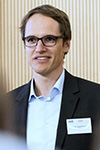 |
Physikalisches Institut Speaker of Research Area II |
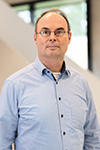 |
Institute of Organic Chemistry |
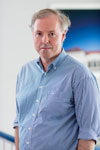 |
Institute of Physical Chemistry |
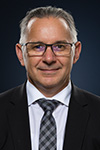 |
Institute of Microstructure Technology |
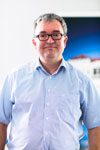 |
Institute for Meteorology and Climate Research |
 |
Instute for Theoretical Condensed Matter physics |
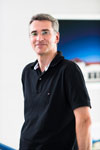 |
Institute of Organic Chemistry |

Do you want to study Optics & Photonics?
Learn More Here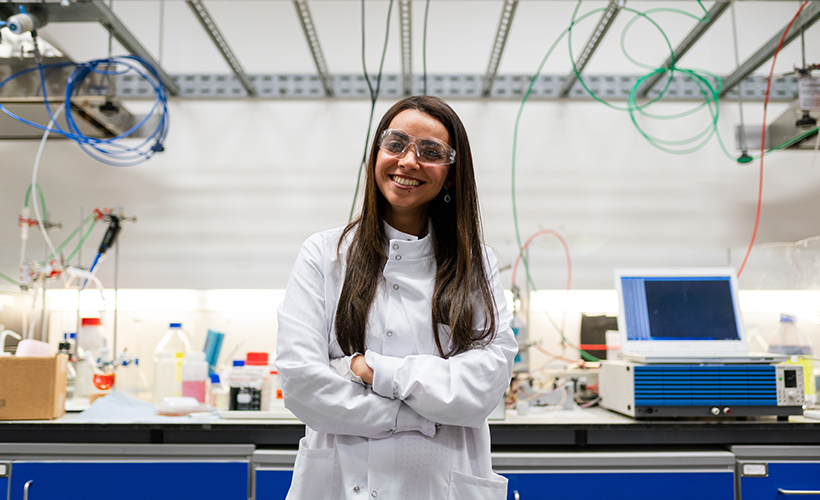
Do you want to research in the field of Optics & Photonics?
Learn More Here





